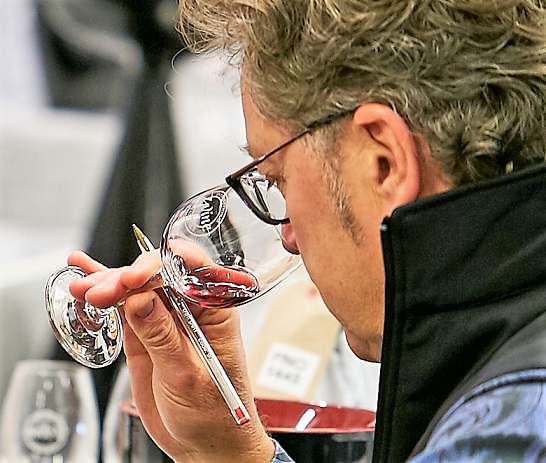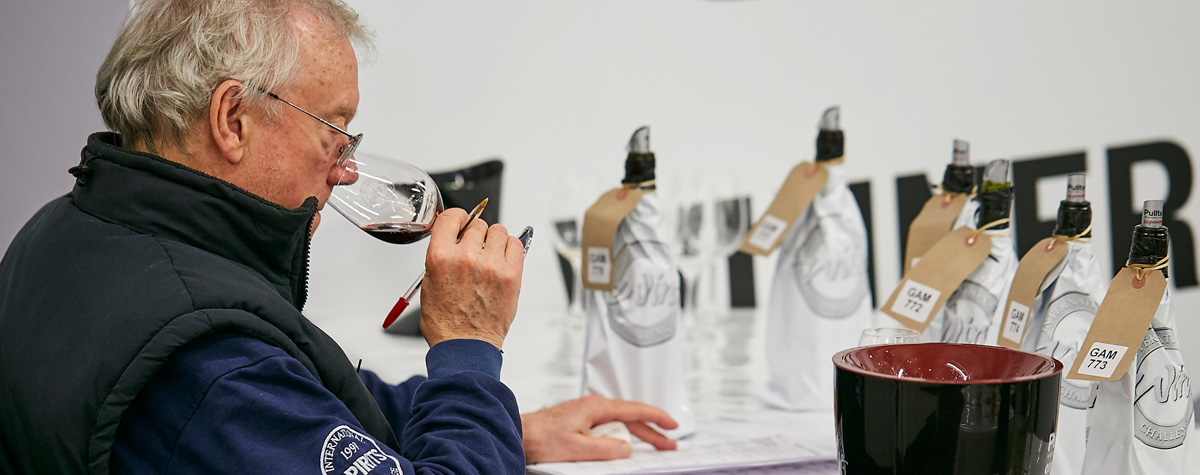There was a time when I started with whites, and that’s how many tastings are ordered. It was the late, great Julian Brind MW who did things differently. He was head wine buyer at UK supermarket Waitrose for many years, and always started the Waitrose press tastings with reds (Waitrose still does). Eventually, I realised he was right.
'The acidity of the whites helps prise the tannins from your mouth, and leaves you refreshed and ready for more'Some reds may be light and easy, but many have lots of tannins – particularly the young reds you are likely to meet at a big tasting. Soldier through these while your palate is fresh, and everything after is a breeze. The acidity of the whites helps prise the tannins from your mouth, and leaves you refreshed and ready for more.
In several of the classic European wine regions, you will be shown reds before whites. In Bordeaux, they always show the reds before the whites, dry or sweet. Maybe this is because producers think the reds are their ‘serious’ wines, and the whites just a bit of fun after. You should do the hard work first, then relax with the less demanding wines. Then have lunch.
Of course, when we’re tasting at the IWC, our prime purpose is to ensure wines are assessed as fairly and correctly as possible. We ask our tasters to judge about 100 wines a day, and have found the best way to keep them fully engaged through a long day is to vary their diet of wines – and to ensure they spit, of course!
More reds are entered than whites, so there are more to be tasted. But we would never subject our tasters to an uninterrupted morning or afternoon of just whites, or just reds. We mix them up. A flight of whites or rosés after a couple of flights of red wakes up palates – and gives tasters more energy to carry on with reds afterwards.
So it’s not quite the same principle as I use personally at big tastings, but it does mean IWC tasters get breaks in a red-heavy diet to refresh their palates – and we do give them lunch.
Second opinion
'I don’t always do it but it can be useful if you are tasting lots of wines'

“The other option is to taste stylistically and/or by variety and mixing up your self-chosen flights, alternating red and white. That also helps keep you on your toes.”
Peter McCombie MW













.png)






